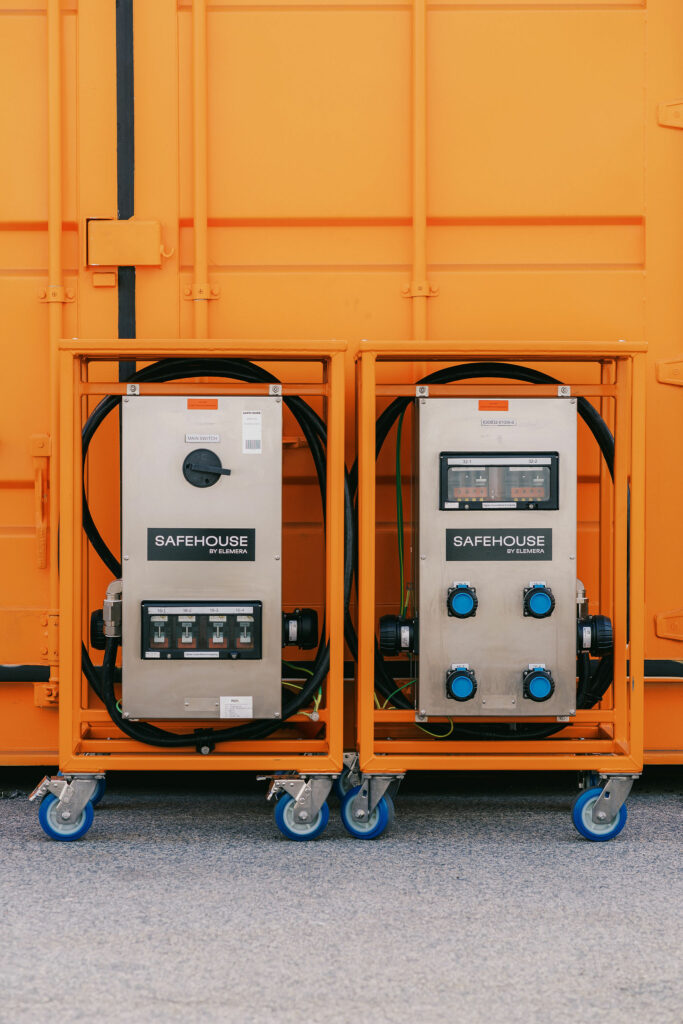5 Easy Facts About Roar Solutions Described
5 Easy Facts About Roar Solutions Described
Blog Article
5 Easy Facts About Roar Solutions Shown
Table of ContentsGetting My Roar Solutions To WorkSome Known Factual Statements About Roar Solutions Unknown Facts About Roar Solutions
In order to protect installations from a prospective surge a technique of evaluating and categorizing a possibly unsafe area is required. The objective of this is to make sure the appropriate selection and installment of devices to ultimately avoid an explosion and to make sure safety and security of life.
(https://urlscan.io/result/8b06a2f1-9edb-4076-8512-31003b1bcc3a/)
No tools needs to be set up where the surface temperature level of the tools is above the ignition temperature of the given risk. Below are some typical dust unsafe and their minimal ignition temperature. Coal Dirt 380C 225C Polythene 420C (melts) Methyl Cellulose 420C 320C Starch 460C 435C Flour 490C 340C Sugar 490C 460C Grain Dust 510C 300C Phenolic Material 530C > 450C Aluminium 590C > 450C PVC 700C > 450C Residue 810C 570C The likelihood of the hazard being present in a concentration high enough to cause an ignition will certainly differ from area to place.
Hazardous location electric tools possibly made for usage in greater ambient temperature levels. Area Repair Service By Authorised Employee: Complicated testing might not be called for however particular procedures may need to be followed in order for the equipment to maintain its 3rd event rating. Each item of equipment with an unsafe ranking should be assessed separately.
Rumored Buzz on Roar Solutions
The tools register is a comprehensive data source of devices records that includes a minimum collection of areas to determine each product's location, technical criteria, Ex lover classification, age, and environmental information. The proportion of In-depth to Close evaluations will be identified by the Equipment Risk, which is evaluated based on ignition risk (the likelihood of a resource of ignition versus the possibility of a combustible atmosphere )and the unsafe location classification
( Zone 0Area 1, or 2). Implementing a durable Risk-Based Evaluation( RBI )method is important for making certain conformity and safety in taking care of Electric Equipment in Hazardous Locations( EEHA).
8 Simple Techniques For Roar Solutions

In terms of eruptive threat, a harmful location is an environment in which an eruptive ambience exists (or may be expected to be present) in amounts that require unique preventative measures for the building and construction, setup and use equipment. eeha certificate. In this short article we explore the obstacles dealt with in the workplace, the risk control measures, and the required expertises to work securely
These substances can, in certain conditions, create eruptive atmospheres and these can have significant and heartbreaking consequences. Many of us are acquainted hop over to here with the fire triangular remove any type of one of the 3 elements and the fire can not happen, yet what does this mean in the context of dangerous locations?
In most instances, we can do little regarding the degrees of oxygen airborne, but we can have substantial impact on sources of ignition, as an example electric tools. Harmful areas are documented on the hazardous area classification drawing and are identified on-site by the triangular "EX-SPOUSE" indicator. Here, amongst other crucial details, zones are split into three types depending upon the risk, the chance and period that an eruptive atmosphere will exist; Area 0 or 20 is regarded one of the most unsafe and Area 2 or 22 is considered the least.
Report this page